
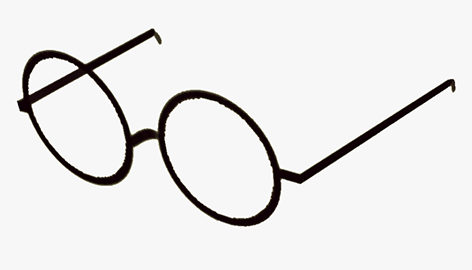
Four eyes are better than two – Pipolem! Eyes are the mirrors of your inner thoughts, but specs can give even a better view to them. Specs are rays of warmth to the people with weaker vision. Today, more than half of the world population wear specs. Powered glasses are the bright ray of light in the mainstream spectrum and also a style statement for many. It is not surprising that many of the great leaders had the specs. Many say Specs come with age, which is a myth. Anyone from any age group today can get specs. As it’s a part of the society we can see many leaders and icons Specs portraits on coins. Continue reading Spectacular Indian personalities: Specs portraits on coins part II
The Mintage World Team comprises of experts, researchers and writers from the field of Philately, Notaphily and Numismatics who try to shed light on some of the most interesting aspects of coins, banknotes and stamps from not just India but across the globe as well.
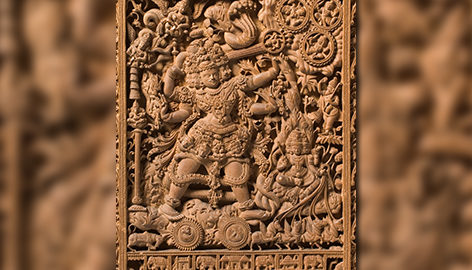
Origin of the name of Tripura is still a matter of controversy among historians and researchers. According to the ‘Rajmala”, Tripura’s celebrated court chronicle, an ancient king named ‘Tripura’ ruled over the territorial domain known as ‘Tripura’ and the name of the kingdom was derived from his name. Many researchers explain the name ‘Tripura’ from its etymological origin: the word ‘Tripura’ is a compound of two separate words, ‘twi’ (water) + ‘pra’ (near) which in totality means ‘near water’. Continue reading Coinage of the Tripura Kingdom
The Mintage World Team comprises of experts, researchers and writers from the field of Philately, Notaphily and Numismatics who try to shed light on some of the most interesting aspects of coins, banknotes and stamps from not just India but across the globe as well.

Deities are worshipped in various forms from time immemorial. Beliefs and reverence for supernatural powers have driven humans to worship various forms. They may be natural elements personified, saints and divine personalities considered next to god or the God Himself. These deities are found depicted on Indus Valley Seals, on walls of ancient ruins and at places of worship. After the advent of coins, deities were depicted on coins. Continue reading Deities on Tripura Coins
The Mintage World Team comprises of experts, researchers and writers from the field of Philately, Notaphily and Numismatics who try to shed light on some of the most interesting aspects of coins, banknotes and stamps from not just India but across the globe as well.
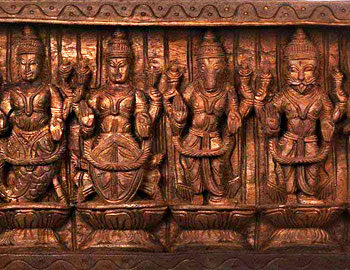
यदा यदा हि धर्मस्य ग्लानिर्भवति भारत ।
धर्मसंस्थापनार्थाय सम्भवामि युगे युगे॥
“It is I who descends to earth from time to time to reinstitute the order when the anarchy prevails” – the concept of Divine descend is a phenomenon that speaks about the manifestation of divinity into a form. In Bhagawad Gitā [1] Shri Kiṣṇa declares that God himself incarnates to eradicate the evil, to put an end to the impious practices and to eliminate the chaos that prevailed in an otherwise peaceful society. These incarnations or the Avatāras is a core concept of Hinduism and being the preserver and sustainer Aspect of God within the Hindu Trinity; they are often associated with Viṣṇu. When pertaining to Avatāras in the Hindu tradition, the most widely associated deity is clearly Viṣṇu. According to the Bhāgavata Purāṇa, Viṣṇu has innumerable Avatāras in unlimited universes, though there are ten major incarnations, known collectively as Daśāvatāra. The concept of Daśāvatāra – ten incarnations of Lord Viṣṇu – is not treated as mere mythological or religious stories in India, but is incorporated in the roots of Indian society in the form of philosophy as well as performing arts and creative arts. The most unusual combination of Daśāvatāra mythology, Indian art forms and the practicality of Indian society is “the Depiction of Daśāvatāra on Indian Coins”.
Continue reading Depiction of Daśāvatāra on Indian Coins
The Mintage World Team comprises of experts, researchers and writers from the field of Philately, Notaphily and Numismatics who try to shed light on some of the most interesting aspects of coins, banknotes and stamps from not just India but across the globe as well.
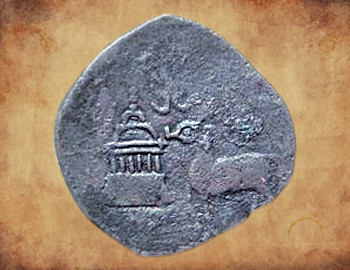
Old and tarnished, small pieces of metal were how Yaudheya coins were found for the first time by some canal digger way back in early 1800’s in Saharanpur (Uttar Pradesh). After which numerous hoards of tribal coins were found from Western U.P. Rajasthan and all over India and also present day Pakistan. Yaudheya coins caught the attention of great numismatist James Prinsep; but as there was no information available at that time he wrongly assigned these coins to Indo-Greek kings. Later after further research in Indian numismatics the coins were rightly assigned to ‘Yaudheya’ the warrior tribe. A new enchanting chapter of Tribal coins found its place in Ancient Indian History where there is depiction of temples on Yaudheya coins.
Continue reading The Curious Case of Temples depicted on Yaudheya Coins
The Mintage World Team comprises of experts, researchers and writers from the field of Philately, Notaphily and Numismatics who try to shed light on some of the most interesting aspects of coins, banknotes and stamps from not just India but across the globe as well.
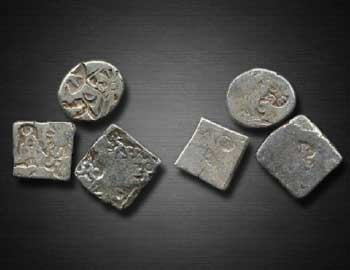
These little pieces of metal struck with different designs each tell a story. They have evolved of a period of many centuries. Coins in India were first struck c. 6th century BCE. They were also one of the first coins to ever be struck worldwide. But what happened before that? Why was the need for coins felt? What did people use before the advent of coins?
Continue reading Evolving From Barter To Coins In India
The Mintage World Team comprises of experts, researchers and writers from the field of Philately, Notaphily and Numismatics who try to shed light on some of the most interesting aspects of coins, banknotes and stamps from not just India but across the globe as well.